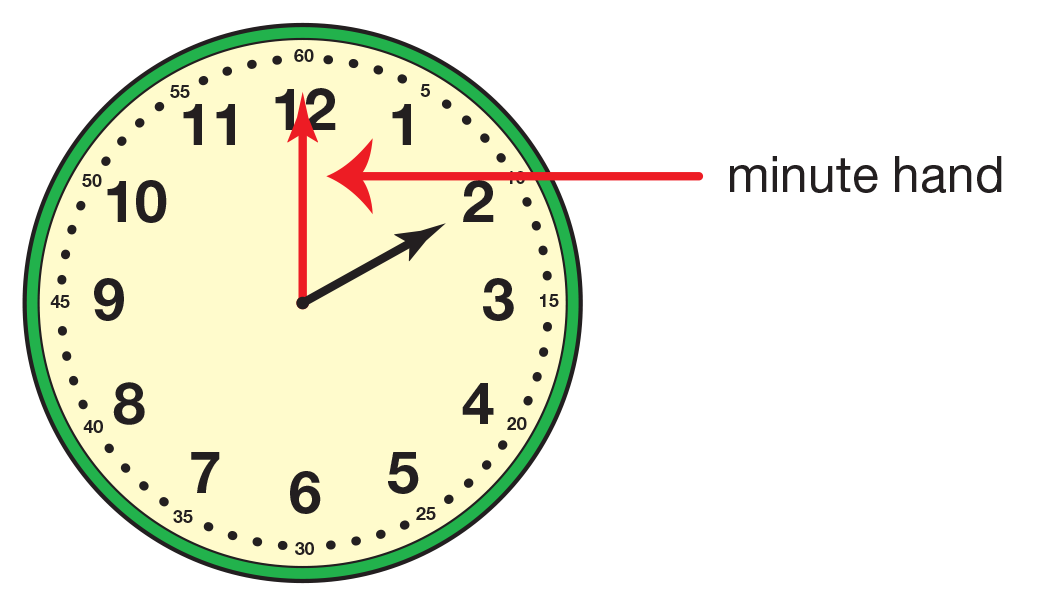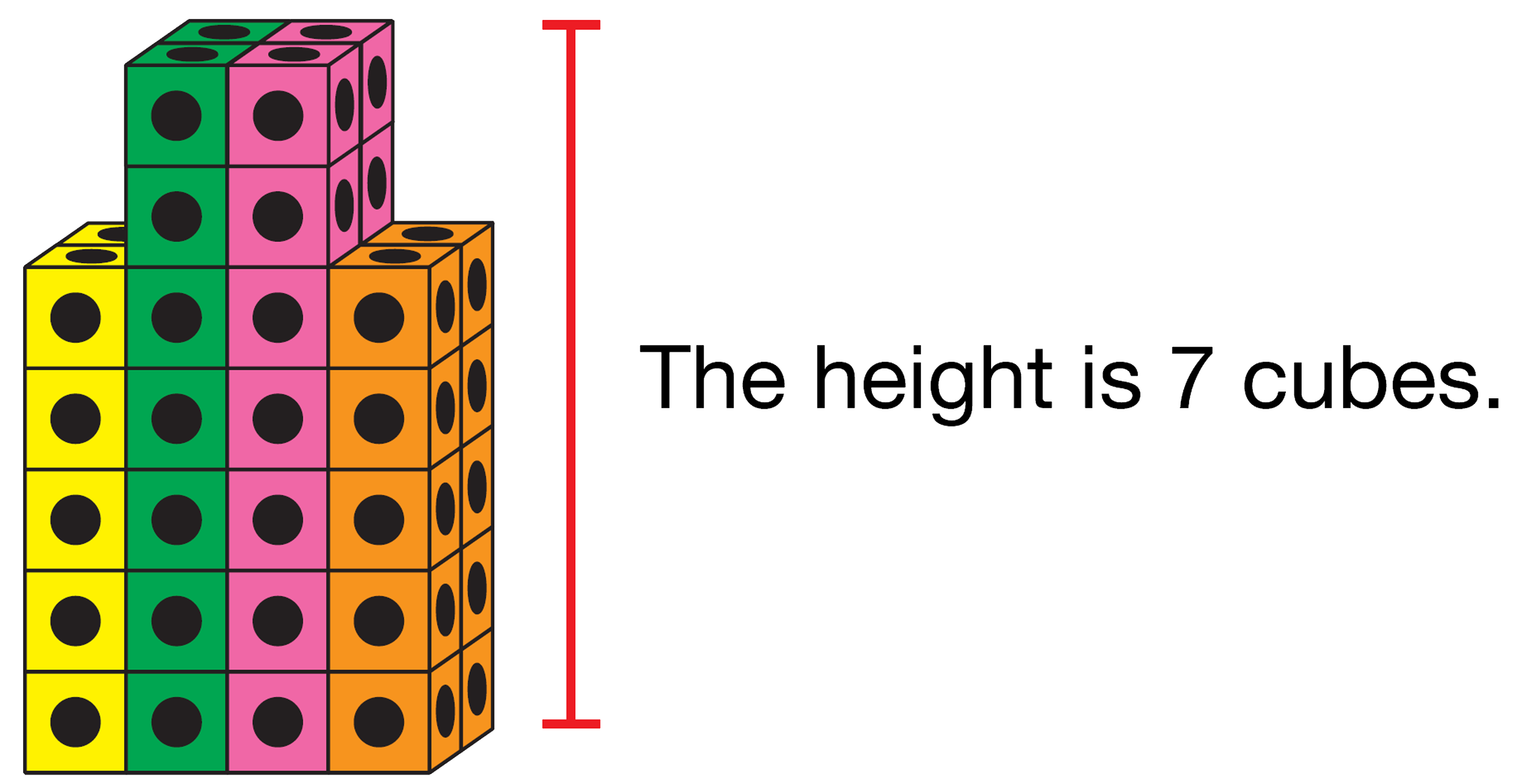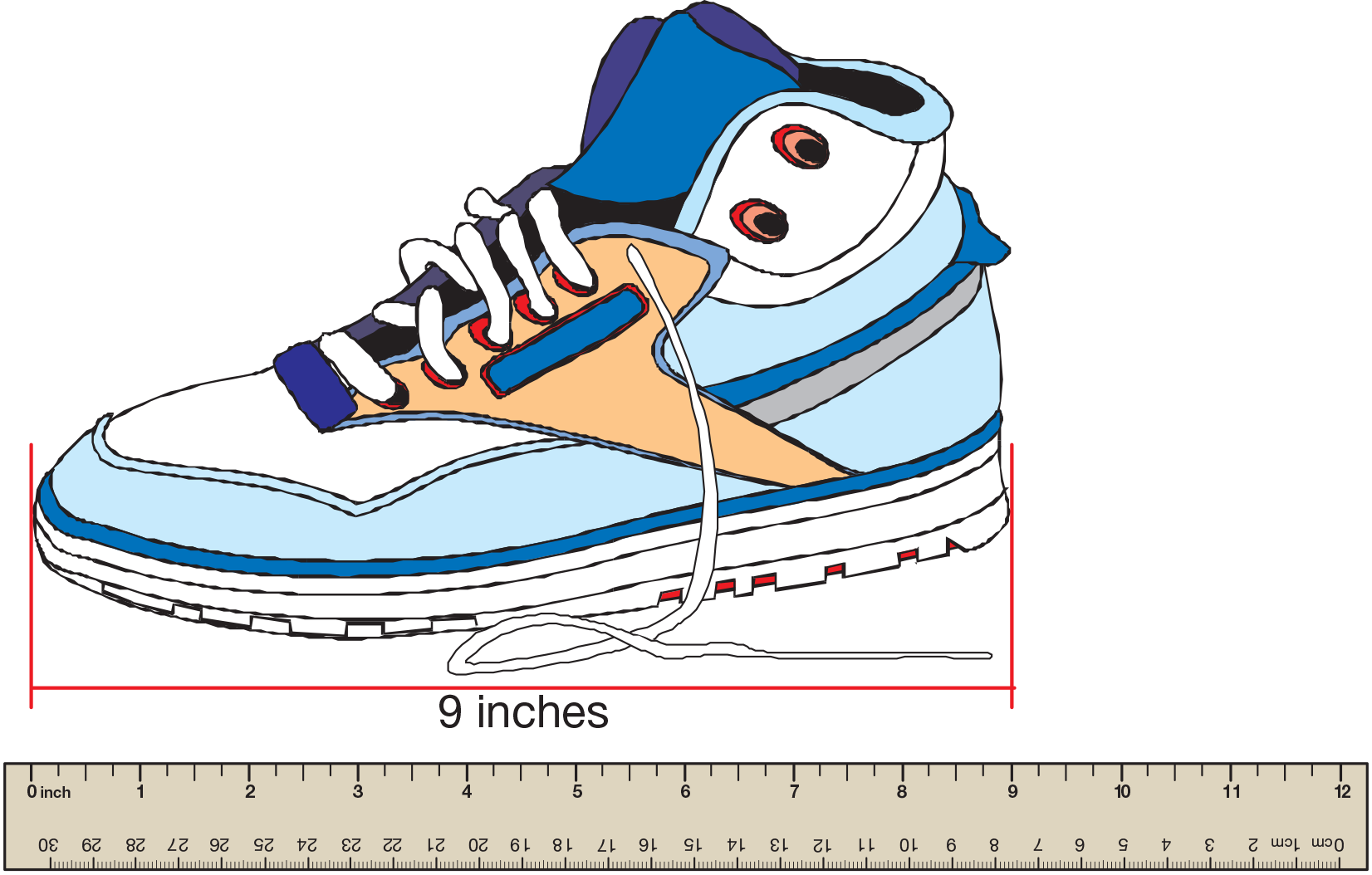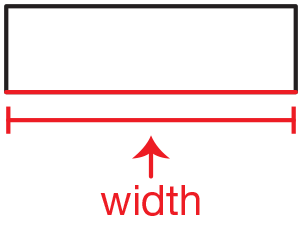Students pretend to be teams of architects who work in Cubeland. Each team designs and constructs a building, records the design on a building plan, and writes number sentences to fit their building plan. Architect teams exchange plans and construct copies of one another's buildings.
Content in this Lesson
- Constructing a building plan given the volume [E9].
- Making connections between a building of cubes, the building plan, and number sentences [E4].
- Measuring the dimensions (height, length, width) of a building [E7].
- Counting and adding cubic units to find volume [E8].
- Applying the properties of addition (e.g., commutative, associative) to write number sentences that represent the volume of a building [E3].
- Solving problems (e.g., part-whole, join) involving volume [E2].
- Recognizing that different shapes can have the same volume [E1, E6].
- Showing work so that others can understand the thinking [MPE5].
- Using labels to show what numbers mean [MPE6].
Assessment in this Lesson
| Assessment | Expectation Assessed | Math Practices Expectation Assessed |
|---|---|---|
|
Architects in Cubeland with Feedback Box Student Activity Book Pages 519–522 and Architects in Cubeland Student-to-Student Checklist Student Activity Book Page 523 |
|
|
|
What Is the Volume with Feedback Box Student Activity Book Pages 525–527 |
|
|



















